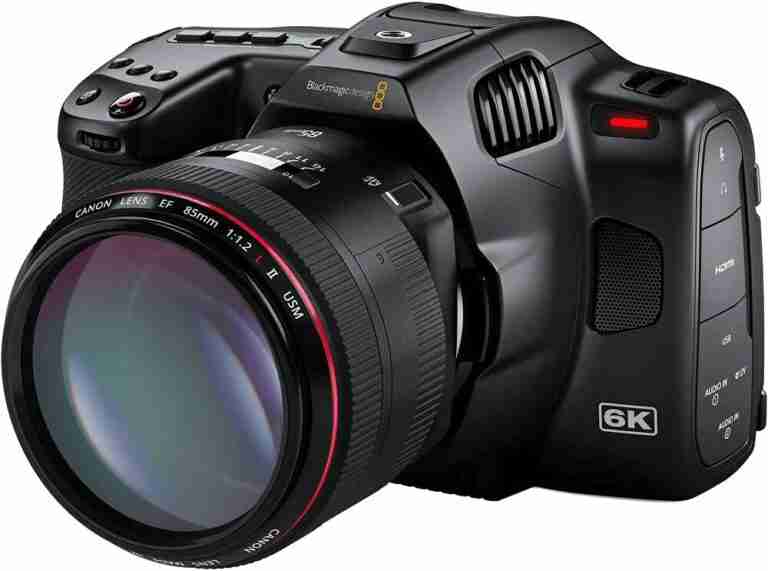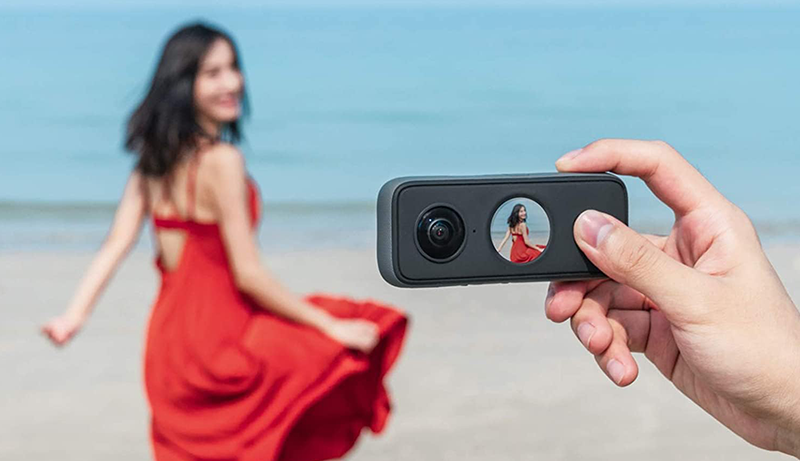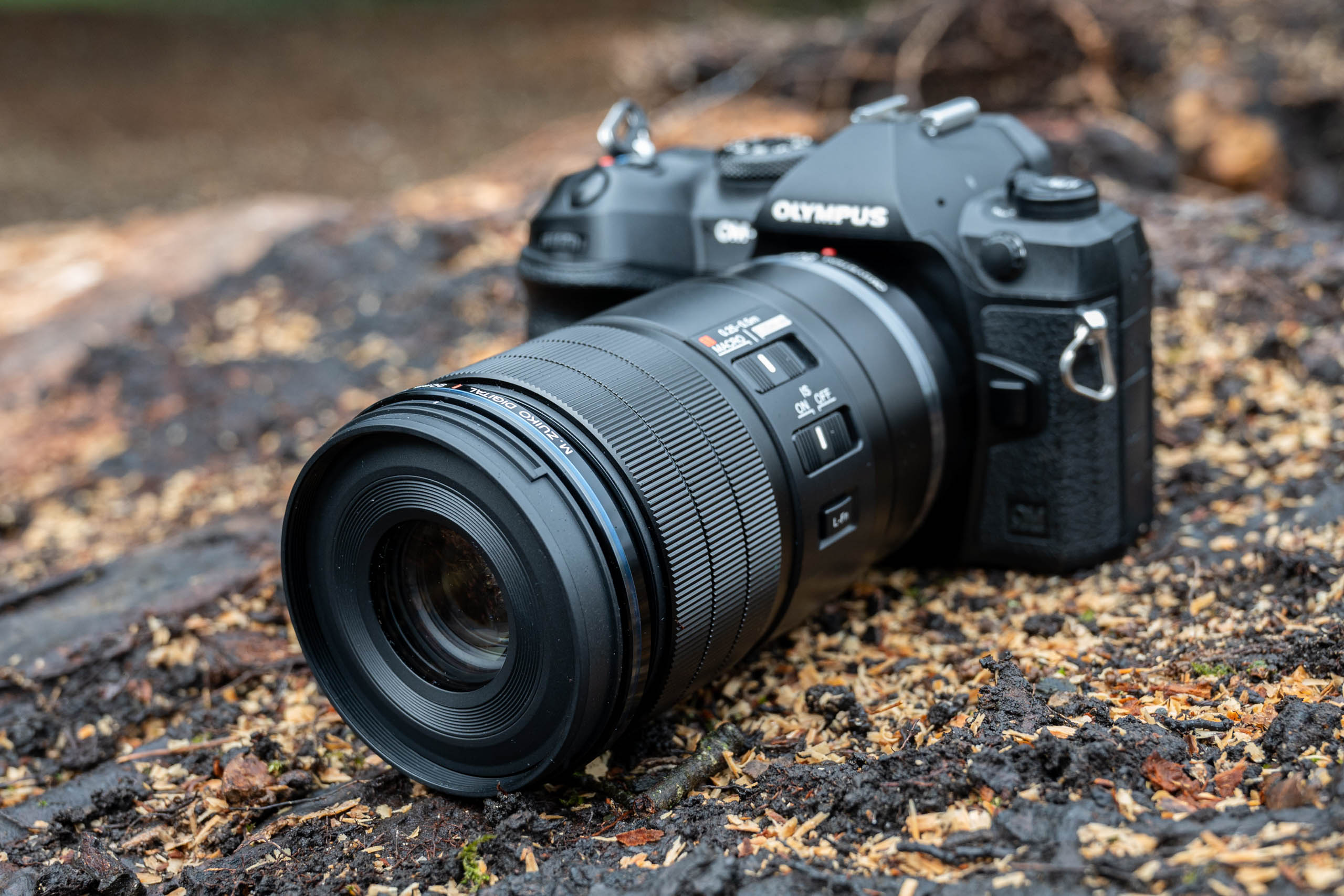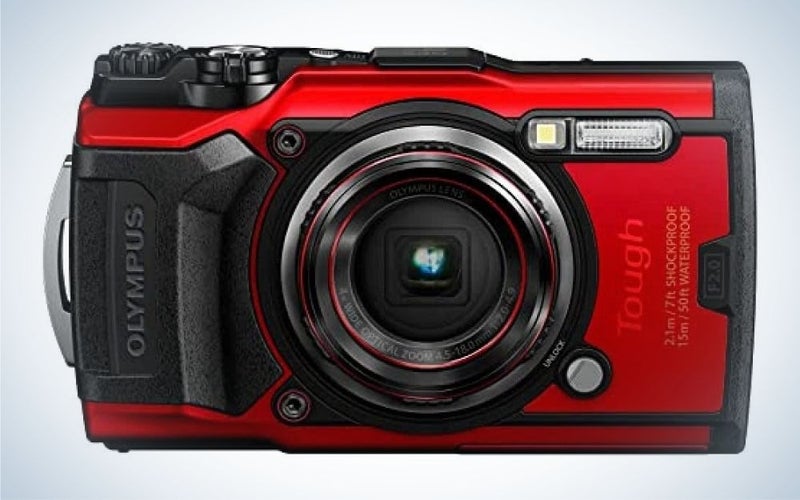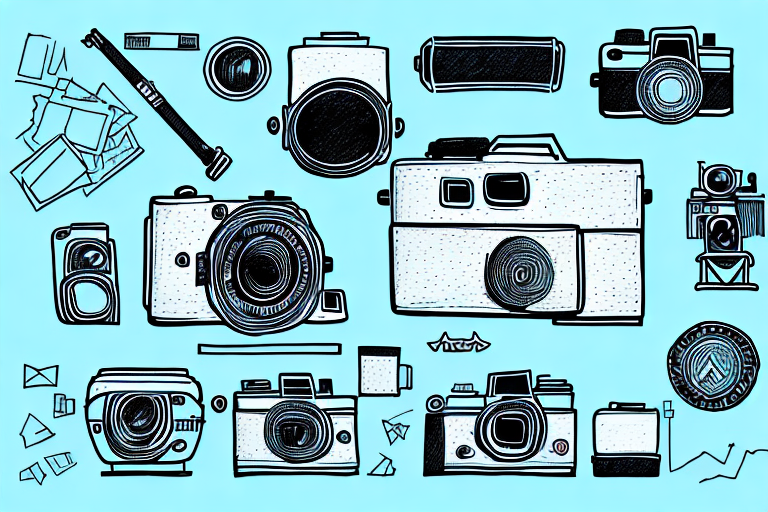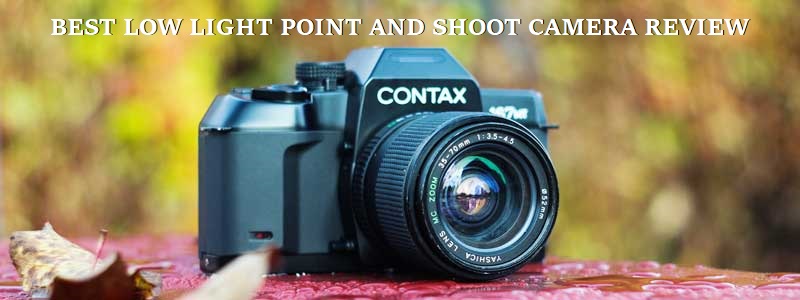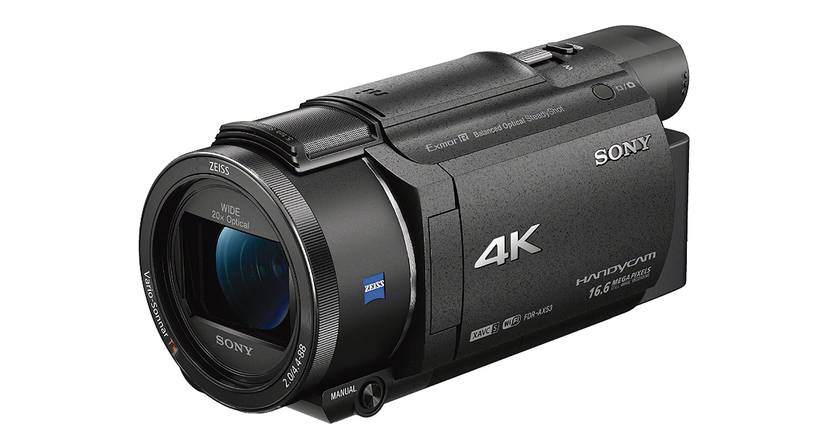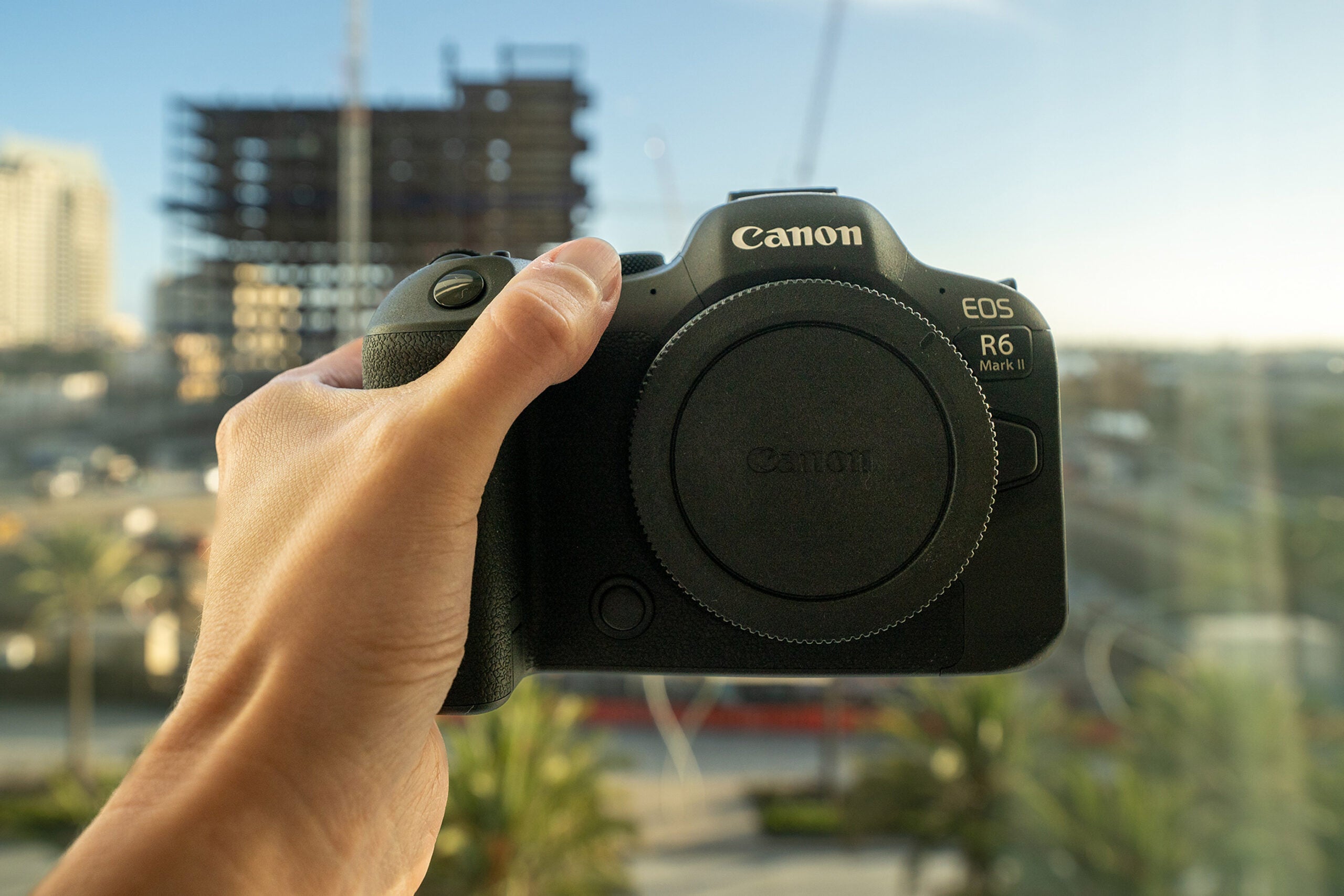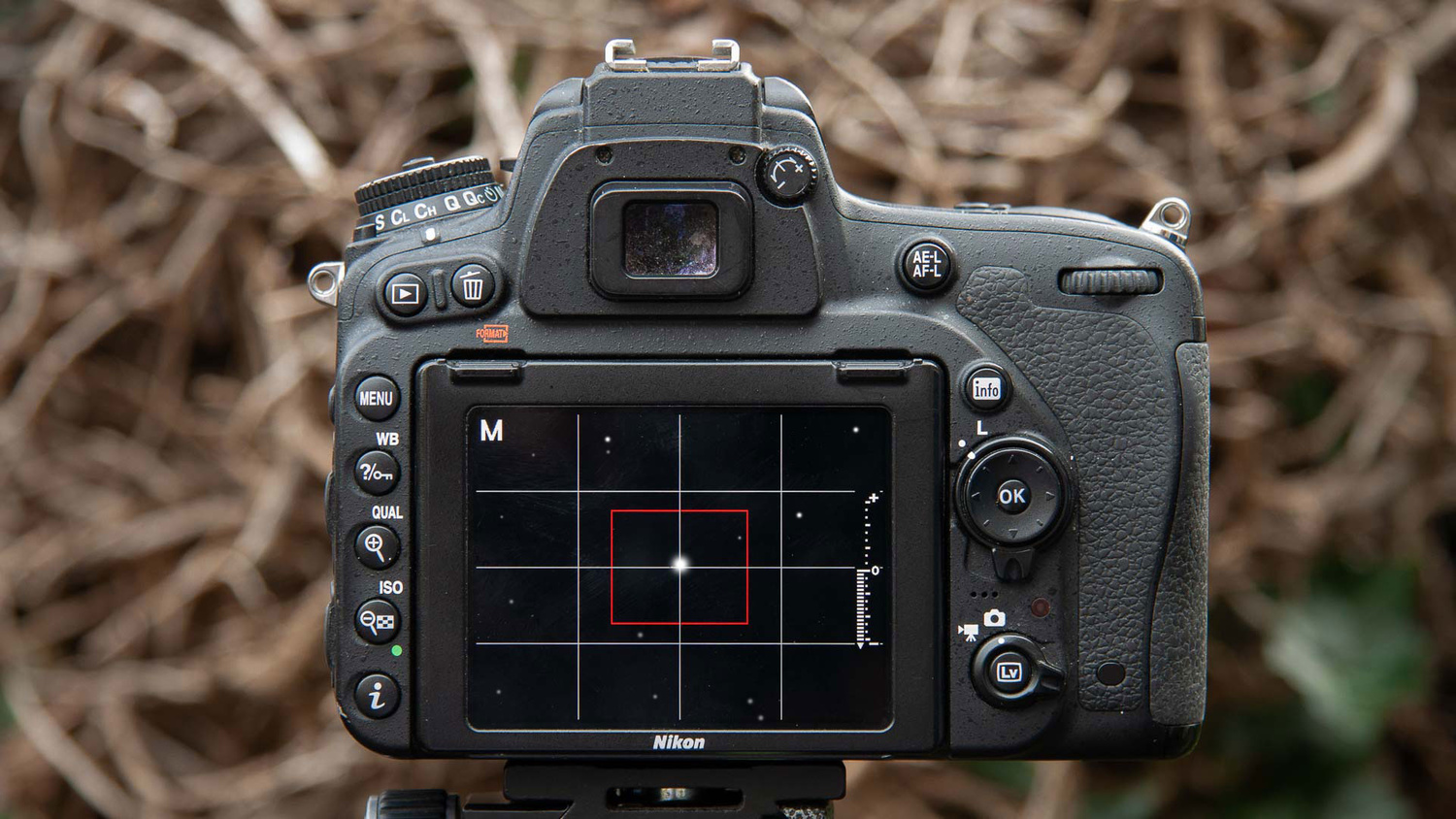Best Low Light Sports Camera

Chasing the thrill of the game doesn't stop when the sun goes down. For value-conscious sports enthusiasts, capturing those electrifying low-light moments requires the right camera. This review is designed to help you find the best low-light sports camera that fits your needs and budget.
Why Low Light Sports Photography Matters
Many unforgettable sporting events happen under stadium lights or during twilight hours. A camera that excels in low light ensures you don't miss a single detail. It allows you to capture clear, vibrant images and videos, preserving those intense moments of action and emotion.
Shortlist of Top Low Light Sports Cameras
Here's a curated list catering to various budgets and user needs:
- Best Overall: Sony a7S III (High Budget)
- Mid-Range Champion: Fujifilm X-T4 (Good Balance)
- Budget-Friendly Option: Sony a6400 (Entry Level)
- Action Camera: GoPro HERO12 Black (Rugged Choice)
Detailed Reviews
Sony a7S III
The Sony a7S III is a low-light powerhouse, featuring a 12.1MP full-frame sensor. This sensor maximizes light gathering. Its exceptional ISO performance results in clean, detailed images even at very high ISO settings.
The advanced autofocus system ensures sharp focus on fast-moving subjects. Expect impressive 4K video recording capabilities with minimal noise. The price point reflects its premium performance.
Fujifilm X-T4
The Fujifilm X-T4 strikes a fantastic balance between price and performance. It features a 26.1MP APS-C sensor and in-body image stabilization (IBIS).
IBIS helps to reduce blur in low-light conditions. The X-T4 is also known for its excellent film simulations, offering unique aesthetic options. It is an excellent choice for both stills and video.
Sony a6400
The Sony a6400 offers great value for photographers on a tighter budget. It boasts a 24.2MP APS-C sensor and a fast autofocus system. This enables effective subject tracking even in dim environments.
While not as strong as the a7S III in extreme low light, the a6400 still delivers impressive results. It's a great entry-level option for capturing sports under artificial lighting.
GoPro HERO12 Black
The GoPro HERO12 Black is designed for action. While primarily an action camera, it performs surprisingly well in low light. Its wide aperture lens allows it to capture more light.
The HERO12 Black also features advanced image stabilization. This minimizes blur during fast-paced activities. It is perfect for capturing extreme sports in challenging conditions.
Side-by-Side Specs Table
| Camera | Sensor Size | Megapixels | Max ISO | Image Stabilization | Low Light Performance Score (1-5) | Approx. Price |
|---|---|---|---|---|---|---|
| Sony a7S III | Full-Frame | 12.1MP | 409600 | 5-axis IBIS | 5 | $3,500 |
| Fujifilm X-T4 | APS-C | 26.1MP | 12800 (Expandable to 51200) | 5-axis IBIS | 4 | $1,700 |
| Sony a6400 | APS-C | 24.2MP | 32000 (Expandable to 102400) | None (Lens Dependent) | 3 | $900 |
| GoPro HERO12 Black | 1/1.9" | 27MP | 6400 | HyperSmooth 6.0 | 3 | $400 |
Practical Considerations
Beyond the camera itself, consider other factors that affect low-light performance. The lens plays a critical role. A fast lens with a wide aperture (e.g., f/1.8 or f/2.8) allows more light to enter the camera.
Image stabilization is also important for reducing blur. Faster shutter speeds can freeze motion, but they require more light. A tripod or monopod can help stabilize the camera for slower shutter speeds.
Post-processing software can further enhance low-light images. Noise reduction and sharpening can improve image quality.
Summary
Choosing the best low-light sports camera depends on your budget and needs. The Sony a7S III is unmatched in extreme low light. The Fujifilm X-T4 offers a great balance of features and performance. The Sony a6400 provides excellent value for budget-conscious users. The GoPro HERO12 Black is the ideal choice for action-packed sports.
Carefully consider the sensor size, ISO performance, lens options, and image stabilization. These factors will determine how well a camera performs in challenging lighting conditions. Thinking about these features will enable you to make the right purchase for your specific needs.
Take Action
Ready to capture those unforgettable low-light sports moments? Explore the options presented in this article. Compare specs, read user reviews, and choose the camera that aligns with your budget and photographic goals.
Frequently Asked Questions (FAQ)
Q: What is ISO?
ISO measures the sensitivity of the camera's sensor to light. Higher ISO settings allow you to capture images in darker environments, but can also introduce more noise.
Q: What is aperture?
Aperture refers to the opening in the lens that allows light to pass through. Wider apertures (smaller f-numbers) let in more light, which is ideal for low-light shooting.
Q: What is image stabilization?
Image stabilization helps reduce blur caused by camera shake. There are two main types: in-body image stabilization (IBIS) and lens-based image stabilization.
Q: Can I use my smartphone for low light sports photography?
While smartphone cameras have improved significantly, they generally don't match the low-light performance of dedicated cameras. Limited sensor size is the main constraint. For serious sports photography, a dedicated camera is recommended.
Q: How important is the lens?
The lens is arguably just as important as the camera body. A fast lens can make a significant difference in low-light performance. It captures more light and allows for faster shutter speeds.

